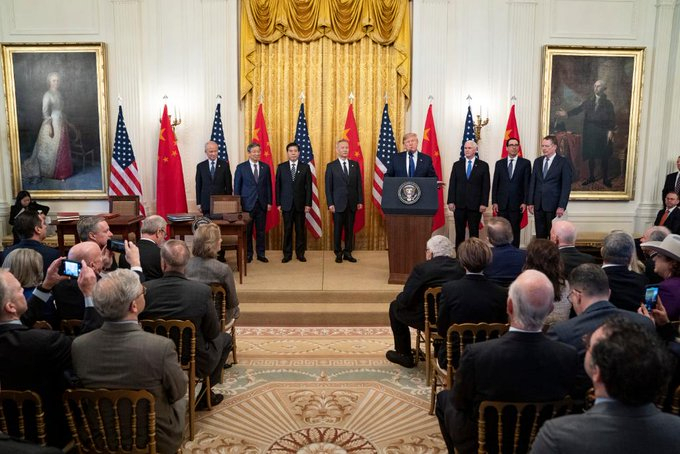The US and China recently agreed to a phase one trade deal that aims to resolve the current trade war between the two countries. But that is just the latest development in longstanding and complicated US-Chinese trade disputes.
China has consistently used tariff rate quotas to restrict grain imports, and in 2016 the US launched a complaint to the World Trade Organization (WTO) over China's implementation of tariff rate quotas on wheat, corn and rice. In their report, issued in April 2019, WTO sided with the U.S., but did not provide an assessment of the effect on U.S. exports.
A new study from University of Illinois, published in Agricultural Economics, quantifies those effects and shows that China's tariff quota administration significantly affected U.S. grain exports, particularly for wheat.
Impact assessment
"Our analysis shows that if China hadn't used trade policies to restrict trade, wheat imports from the US could have been more than 80% higher in 2017. That's a value of around $300 million," says Bowen Chen, a postdoctoral research associate in the Department of Agricultural and Consumer Economics at University of Illinois. Chen is lead author on the study, which was conducted as part of his doctoral dissertation.

The dispute concerns China's administration of tariff rate quotas (TRQ), a policy instrument intended to regulate imports. Tariff rate quotas establish two tiers of tariffs, with a lower tariff for in-quota imports and a much higher tariff for out-of-quota imports. Chinese tariffs for grain commodities were 1% for in-quota and 65% for out-of-quota imports.
The system is intended to allow some access for imports at a low tariff rate, while the second-tier tariffs provide protection for domestic commodities. Under the TRQ agreement, China is obligated to import certain quantities of grain at the low tariff level. However, the US contended that these obligations were not fulfilled, and that China's imports of corn, wheat and rice were far below in-quota quantities.
Restrictive policies
Chen and his colleagues analyzed trade and price data to assess the impact of Chinese TRQ policies on US grain exports and concluded that China's 2017 grain imports could have been $1.4 billion or 40% higher. Wheat imports from the US could have been $324 million or 83% higher without the restrictive policies. Corn and rice imports were affected to a lesser extent.
The new phase one trade deal stipulates that tariff rate quota administration not be used to prevent the full utilization of agricultural tariff rate quotas. The implementation of the trade deal will likely benefit U.S. grain exports to China, Chen notes.








